It’s not uncommon to find a certain admiration for Hannibal Lecter in the comments sections of “Hannibal” and “The Silence of the Lambs.” But does this admiration equate to worshiping a depraved criminal?
I would argue not.
This article aims to shed light on the character of Hannibal Lecter, exploring the captivating qualities bestowed upon him by the author, screenwriters, and directors. These include:
- Intellectual and elegant
- Exceptionally intelligent
- A perfect blend of reason and primal instinct
- Highly educated with refined tastes and insightful understanding of human nature
- Scheming
- The ultimate villain
I will attempt to dissect how these alluring traits were crafted and integrated into a criminal persona, ultimately demystifying the character of Hannibal Lecter.
The Birth of a Cinematic Icon: Hannibal Lecter, the Perfect Villain
Most viewers of “The Silence of the Lambs” likely felt as though Hannibal Lecter’s piercing gaze could penetrate their very soul, exposing their deepest secrets.
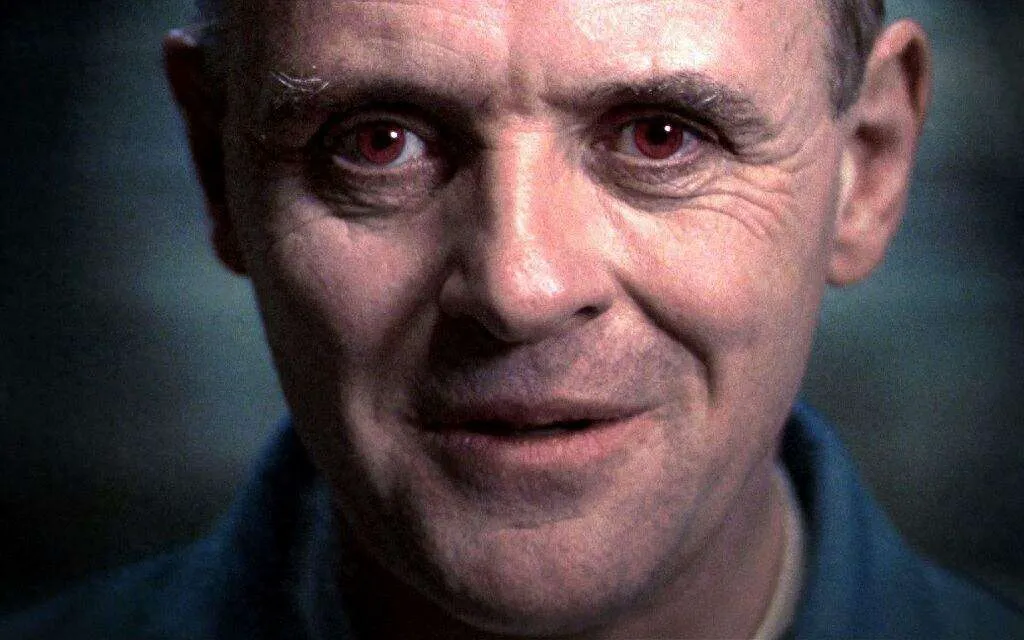
The Silence of the Lambs
Note the red tint in Anthony Hopkins’ eyes as Hannibal Lecter.
Hannibal Lecter is a purely fictional character, brought to life by Anthony Hopkins’ masterful performance. Hopkins imbued the character with a chilling vitality, transforming “The Silence of the Lambs” into a highly influential horror classic.
Hannibal Lecter first appeared in Thomas Harris’s 1981 novel, “Red Dragon.” His character was loosely based on Ted Bundy, an American serial killer who committed at least 30 murders between 1973 and 1978.
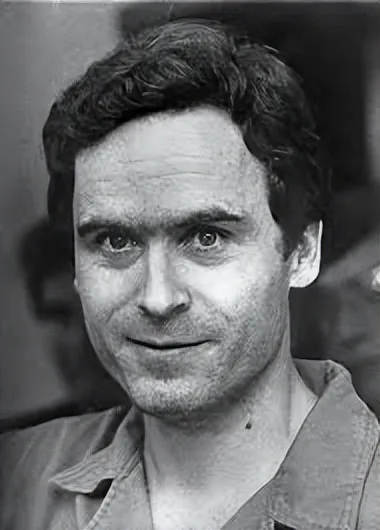
Ted Bundy
I recommend the biographical film about Ted Bundy:
“Extremely Wicked, Shockingly Evil and Vile” (2019)
This film recounts Bundy’s heinous crimes. Initially, I shared the sentiments of many critics who deemed it a whitewash, arguing that it attempted to exonerate the killer. However, the film takes a sharp turn at the 98-minute mark when Bundy confesses to his beloved Liz that the wounds on the victims’ necks were inflicted by a hacksaw. It became clear that director Joe Berlinger had a deliberate purpose.
The film strives to accurately depict Bundy’s trial, showcasing his charm, deceitfulness, and psychological prowess as he defends himself. It reveals his hypocritical nature.
He was a skilled performer, convincing many women of his innocence. Little did they know, the most terrifying serial killers are often the most adept at disguise. Ted Bundy nearly fooled everyone.
This is the essence of evil: a handsome face, a sweet smile, and sincere eyes that make you believe he’s an angel, only to strike when you’re most vulnerable.
This allowed Ted Bundy to evade justice for years while committing 30 murders. His girlfriend, Liz, is left traumatized, haunted by nightmares and chilling memories.
Thomas Harris divided Bundy’s story and characteristics between Buffalo Bill (the killer in “The Silence of the Lambs”) and Hannibal Lecter. Harris added further dimensions to Hannibal, endowing him with extensive knowledge and refined tastes in art, music, and cuisine, creating an aura of “intellectual elegance.”
Harris also granted Hannibal an extraordinary memory, enabling him to construct an elaborate “memory palace.” Combined with his profound knowledge of psychology, this gave rise to the qualities of “exceptional intelligence” and “insightful understanding of human nature.”
The novel “Red Dragon,” featuring Hannibal Lecter, was published in 1981 and received critical acclaim. However, the 1986 film adaptation, “Manhunter,” fell short of capturing the essence of the character. It lacked the captivating mystique of the cannibalistic doctor and failed to create a memorable and sinister killer. The police characters were unremarkable.
While the novel portrayed Hannibal Lecter as exceptional, “Manhunter” failed to translate this quality effectively to the screen.
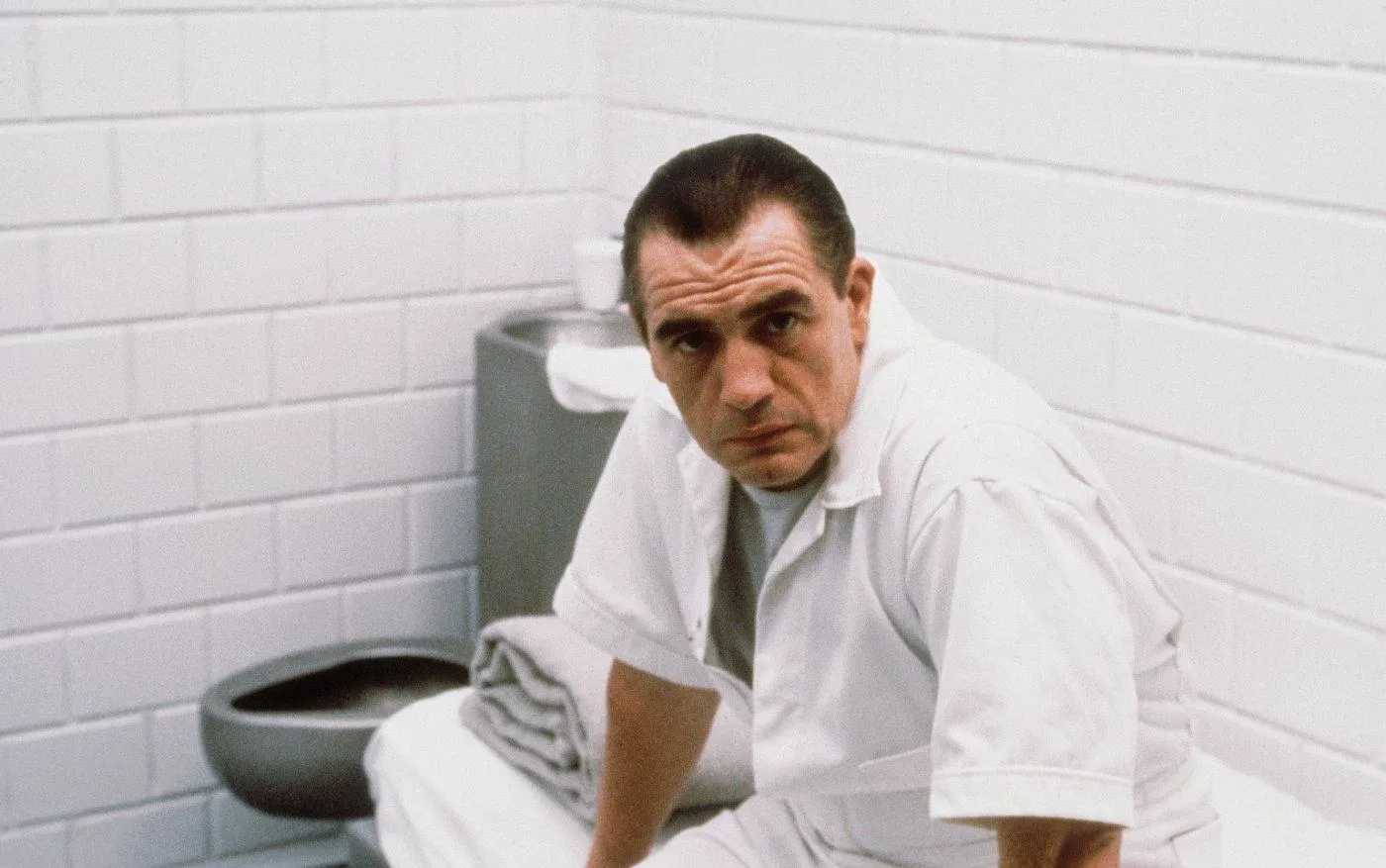
Hannibal Lecter in Manhunter
Let’s return to “The Silence of the Lambs.”
Anthony Hopkins, a British stage actor, transitioned to Hollywood after his debut film, “The Lion in Winter” (1968). Despite his success on stage, he struggled to gain recognition in Hollywood.
His turning point came in 1990 when Jodie Foster, already an Oscar winner, acquired the rights to adapt Thomas Harris’s novel “The Silence of the Lambs” (1988) into a film.
“Silence of the Lambs - The Inside Story” (2010)
This documentary chronicles Jodie Foster’s journey to bring “The Silence of the Lambs” to the screen. It was a gamble for Foster, a film tailored to her unique talents.
Jodie Foster loved the novel The Silence of the Lambs
Silence of the Lambs - The Inside Story
Jodie Foster’s “The Silence of the Lambs” was a resounding success, achieving both critical and commercial acclaim, and winning numerous awards.
However, the biggest beneficiary was Anthony Hopkins, despite his limited screen time.
“The Silence of the Lambs” provided Anthony Hopkins with the perfect platform to showcase his talent. Hopkins brought Hannibal Lecter to life. The contrast between the Hannibal Lecter of “Manhunter” and Hopkins’ portrayal is stark: one is a true demon, while the other is merely a passerby.
“The Silence of the Lambs” is memorable for its flamboyant “Buffalo Bill,” the calculating and cold-blooded FBI boss, and the fame-seeking psychiatrist, all distinct and memorable characters.
The film’s unconventional cinematography, featuring direct shots of Hannibal Lecter, combined with Hopkins’ breaking of the fourth wall by staring directly into the camera with a mysterious smile, captivated audiences. It felt as though the cannibalistic monster was targeting them as his next prey, eliciting a simultaneous sense of fear and excitement. This chilling effect cemented the film’s status as a classic.
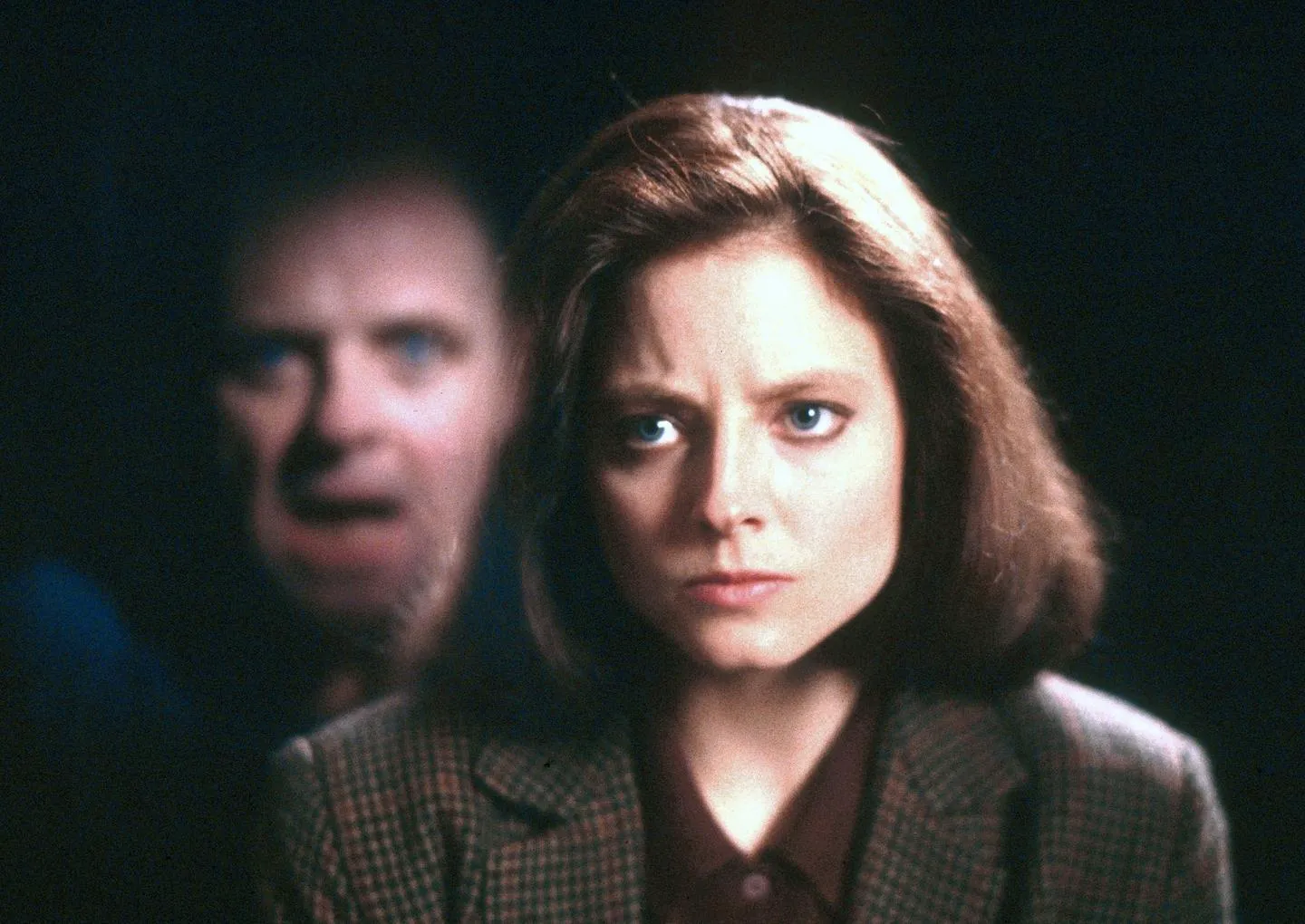
The Myth of the Perfect Criminal: The Power of Storytelling
Following the success of “The Silence of the Lambs,” several sequels were produced. In order of release, they are:
- “The Silence of the Lambs” (1991)
- “Hannibal” (2001)
- “Red Dragon” (2002)
- “Hannibal Rising” (2007)
Chronologically, the story unfolds as follows: “Hannibal Rising” → “Red Dragon” → “The Silence of the Lambs” → “Hannibal.”
“Hannibal Rising” delves into the origins of Hannibal Lecter’s cannibalistic tendencies. Set during World War II, it depicts young Hannibal and his family seeking refuge in a lodge in Lithuania. After his parents’ death, Hannibal and his sister are left to fend for themselves. A group of Nazis invades the lodge, and in their desperation, they cannibalize Hannibal’s sister. This traumatic experience deeply scars Hannibal, leading him to seek out his last remaining relative, his uncle, in France. He finds his uncle’s wife, Lady Murasaki (Gong Li), a mysterious woman from the East. Lady Murasaki teaches Hannibal martial arts and exposes him to the Eastern practice of eating raw food. Hannibal finds solace in the bloodshed, a way to cope with his childhood trauma.
“Red Dragon,” starring Anthony Hopkins, is a significant film that showcases Hannibal Lecter’s brilliance.
“Red Dragon” shares the same plot as “Manhunter,” but boasts a stronger cast and a more terrifying climax.
FBI agent Will Graham (Edward Norton) discovers that the psychiatrist he’s working with, Dr. Hannibal Lecter, is the cannibalistic killer he’s been hunting. Although Will manages to wound Hannibal, he is also severely injured. After recovering, he retires and lives in seclusion with his wife and child. Years later, a new serial killer emerges, dubbed the “Tooth Fairy.” Will is asked by his former boss to return and assist in the case.
Unable to find any leads, Will reluctantly seeks help from his old “acquaintance” and nemesis, Dr. Hannibal Lecter, who is incarcerated in a mental institution. Will hopes that Hannibal can provide insight into the killer’s psychology.
While seemingly assisting Will, Hannibal subtly communicates with the “Tooth Fairy,” instructing him to kill Will’s family.
Working with Hannibal is akin to making a deal with the devil. Despite Will’s caution, he falls victim to Hannibal’s machinations.
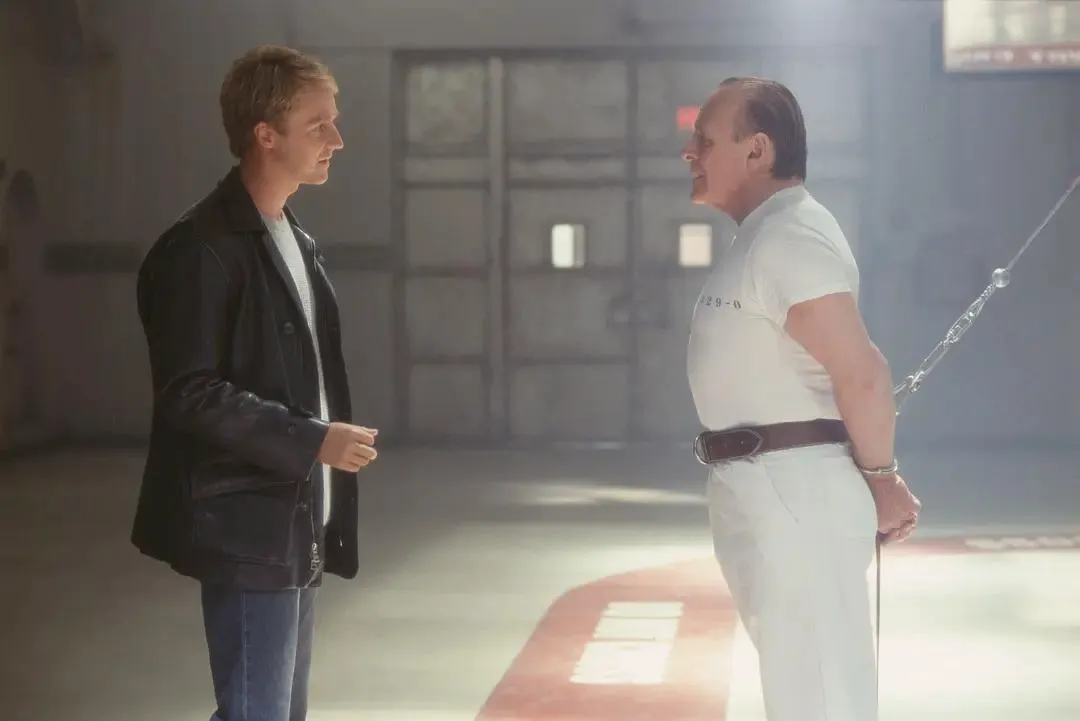
The “Tooth Fairy” is played by Ralph Fiennes, best known for his role as Voldemort. Fiennes, who gained recognition for his role in “Schindler’s List” (1993), has increasingly taken on villainous roles.
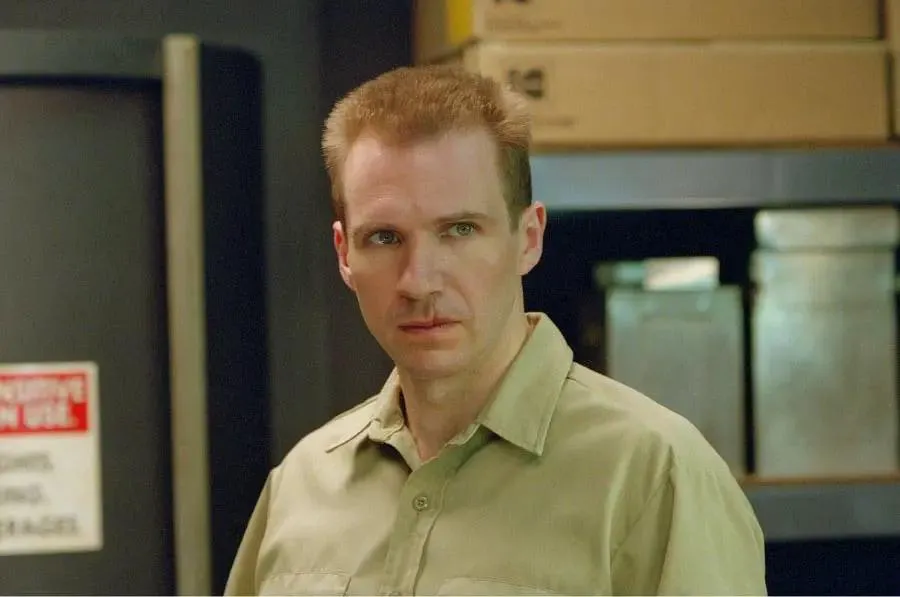
Ralph Fiennes as the “Tooth Fairy” in Red Dragon. He seeks demonic power to overcome his physical insecurities.
Edward Norton, another rising star at the time, joins Ralph Fiennes in supporting Anthony Hopkins. The three actors share equal screen time, each delivering a powerful performance. Interestingly, Norton is also known for playing morally ambiguous characters, such as the killer in “Primal Fear” and the schizophrenic protagonist in “Fight Club.” In “Red Dragon,” Norton plays the FBI agent, a rare portrayal of a heroic character for him.
“Red Dragon” reveals that Hannibal Lecter has been indulging in cannibalism for years, operating with secrecy and skill, evading suspicion and even gaining the trust of the police as a psychological consultant.
However, Will Graham, a meticulous and dedicated FBI agent, eventually uncovers Hannibal’s true identity as the cannibalistic serial killer he’s been searching for. Will barely survives the encounter and captures Hannibal, leading to Hannibal’s confinement in a high-security mental institution.
Although Hannibal agrees to help Will, allowing Will to get closer to the “Tooth Fairy,” the “Tooth Fairy” also gains information about Will, turning the hunter into the hunted. The “Tooth Fairy” plans to eliminate Will’s family.
Hannibal’s ability to manipulate people is evident as he plays the intelligent and experienced FBI agent like a puppet. Though confined and closely monitored, Hannibal’s presence permeates the film. “Red Dragon” is more of a psychological thriller than a display of violence and gore.
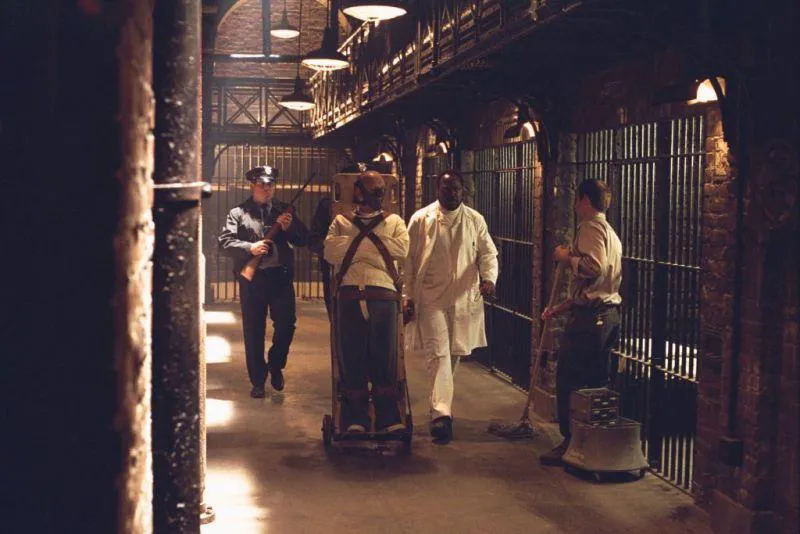
The events of “The Silence of the Lambs” follow “Red Dragon.” Dr. Lecter attracts and manipulates FBI trainee Clarice Starling (Jodie Foster). Clarice, like Will Graham in “Red Dragon,” seeks Hannibal’s assistance, dancing with the devil.
Hannibal Lecter exploits the state senator’s privileges and the mental institution director’s ambition to orchestrate his escape and once again indulge in human flesh.
As music plays, Hannibal Lecter savors his meal, creating an atmosphere of eerie terror.
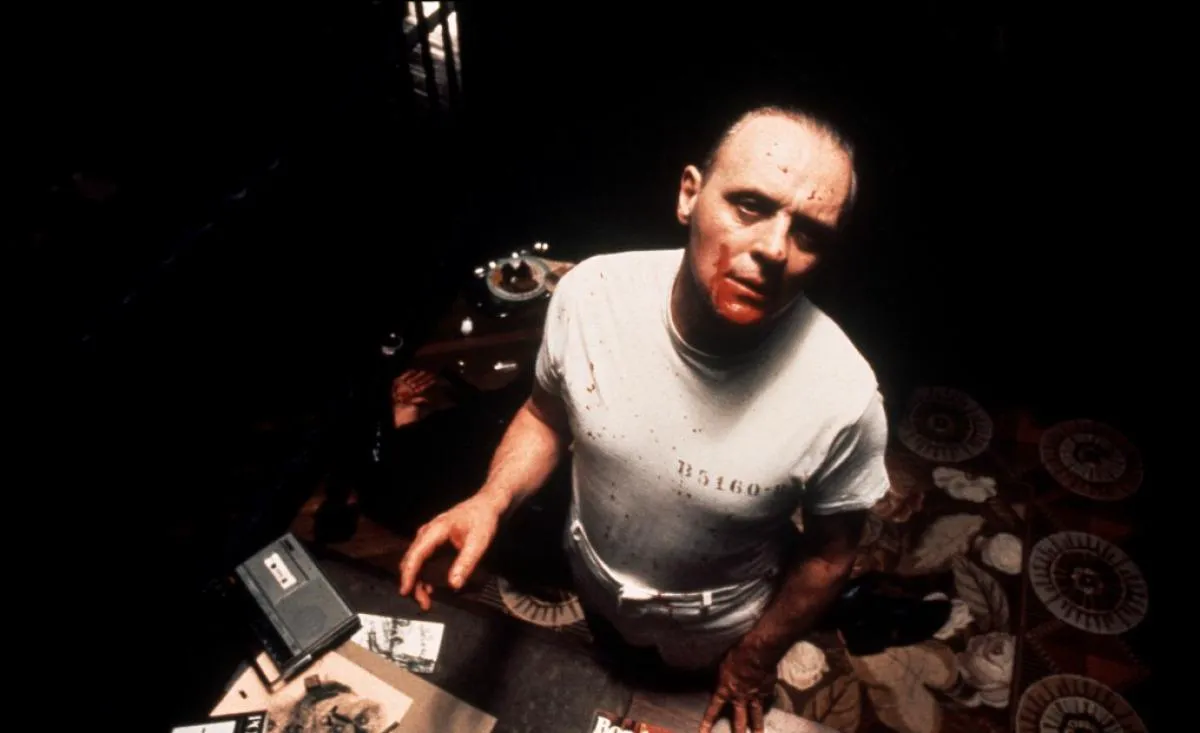
Hannibal’s elegant dining habits and villainous aura reach their peak in “Hannibal” (2001).

I won’t spoil the plot of “Hannibal,” but one scene deserves mention.
Hannibal, Clarice, and Paul are seated at a table, the atmosphere convivial. Hannibal praises Paul as a good boy while opening his skull, carefully slicing off a piece, cooking it, and feeding it to the dazed Paul, who surprisingly compliments the taste.
Despite the unconvincing special effects, the scene is undeniably disturbing. It’s likely to leave a lasting impression on viewers with weaker constitutions.
I’ve watched videos featuring Li Meijin, a renowned Chinese criminal profiler. Her research suggests that almost all criminals exhibit telltale signs, with their crimes and psychological distortions manifesting in their appearance, demeanor, or facial features. Careful observation can reveal these anomalies.
As mentioned earlier, Hannibal Lecter’s prototype, Ted Bundy, was a unique case. He was exceptionally skilled at deception and eliciting sympathy, enabling him to evade capture for years.
Ted Bundy relied on feigning pity and disguises to evade the police. Hannibal Lecter possesses far more sophisticated qualities. Finding a real human being as diabolical as Dr. Hannibal Lecter would be a challenge throughout human history.
Anthony Hopkins’ portrayal of Hannibal, the ultimate villain, is largely an interpretation. The authors and directors went to great lengths to showcase his meticulous mind and refined tastes, and they succeeded.
In cinematic history, Dr. Hannibal Lecter stands as a prominent criminal mastermind, leaving a distinctive mark.
There’s no need to worry about those who admire Hannibal. Perhaps they are simply drawn to the aura of his unique abilities, like moths to a flame. Some individuals with weaker personalities are unconsciously drawn to those with strong manipulative tendencies.
I will readily admit that I admire Dr. Hannibal Lecter’s intelligence and elegance, his air of being at the top of the food chain.
However, if such a person were to exist, I would steer clear. I value my cheeks too much.
Hannibal Rising